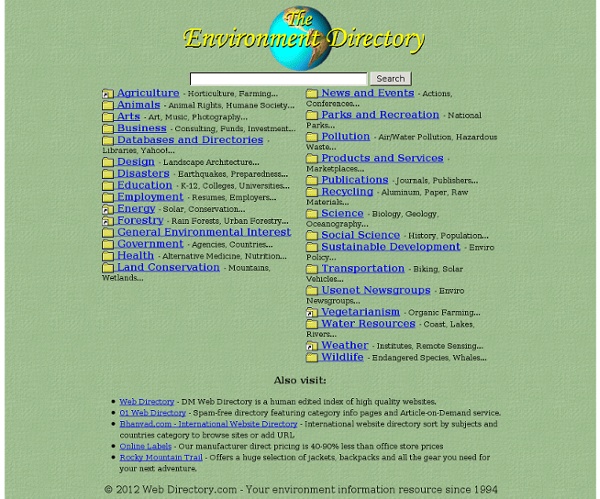



How Dawn Helps Save Wildlife The Marine Mammal Center (TMMC) TMMC is a state-of-the-art nonprofit veterinary hospital and research center made up of over 1,000 volunteers. Since 1975, they’ve dedicated themselves to the rescue and rehabilitation of sick, injured, or orphaned marine mammals like seals, sea lions, and dolphins. Based in Sausalito, California, TMMC also doubles as an education center, teaching more than 100,000 kids and adults each year about the animals, ocean health, and connections we all share. Dawn’s donations to TMMC are vital to its core mission: To give marine mammals a second chance at life, expand awareness of the earth’s oceans and its inhabitants, and to inspire care and conservation in future generations. To learn more about their wonderful work of this Center, please visit MarineMammalCenter.org.
UK GovTalk - GCL The latest version of the ePims XML schema and web services specification is published today, 16 December 2010 for public consultation. The ePims XML schema (formerly the CECA XML schema) has been enhanced considerably to support new initiatives managed by the Office of Government Commerce as part of the ePims application portfolio. The specification now supports the exchange of government core civil estate, land, benchmarking and environmental data and provides additional structures supporting the exchange of related management data. The ePims XML Specification v5-1.zip file contains: ePims XML Specification v5-1.doc - the main specification document; ePims XML Schema updates v5-1 .xls - detailed list of all schema changes applied since the last publication of the specification; ePims XML Specification v5-1 GovTalk RFC notes - provides summary information about ePims. The ePims XML Schemas v5-1.zip file contains all related XML schemas and WSDL.
Edward Wilson The classic article, published 2 decades ago by one of the world's great biologists & humanists Imagine that on an icy moon of Jupiter - say Ganymede - the space station of an alien civilization is concealed. For millions of years its scientists have closely watched the earth. Because their law prevents settlement on a living planet, they have tracked the surface by means of satellites equipped with sophisticated sensors, mapping the spread of large assemblages of organisms, from forests, grasslands and tundras to coral reefs and the vast planktonic meadows of the sea. The watchers have been waiting for what might be called the Moment. It was all but inevitable, the watchers might tell us if we met them, that from the great diversity of large animals, one species or another would eventually gain intelligent control of Earth. Darwin's dice have rolled badly for Earth. The human species is, in a word, an environmental abnormality. The rules have recently changed, however.
Main | Smarter Cities Earth Institute Exploring Science in the Field from Pole to Pole Company Donates 330,000 Bed Nets to Help Fight Malaria in Africa Lords of the Past Ancient Rocks, Modern Problem Sustainability Management Alum Works to Bring Electric Vehicles to NYC Apr18 2014 Spring Diversity Lecture Sustainability Essentials Training Drilling to find the originsof the South China Sea The Path to Sustainable Development Faculty Profile: Ruth DeFries